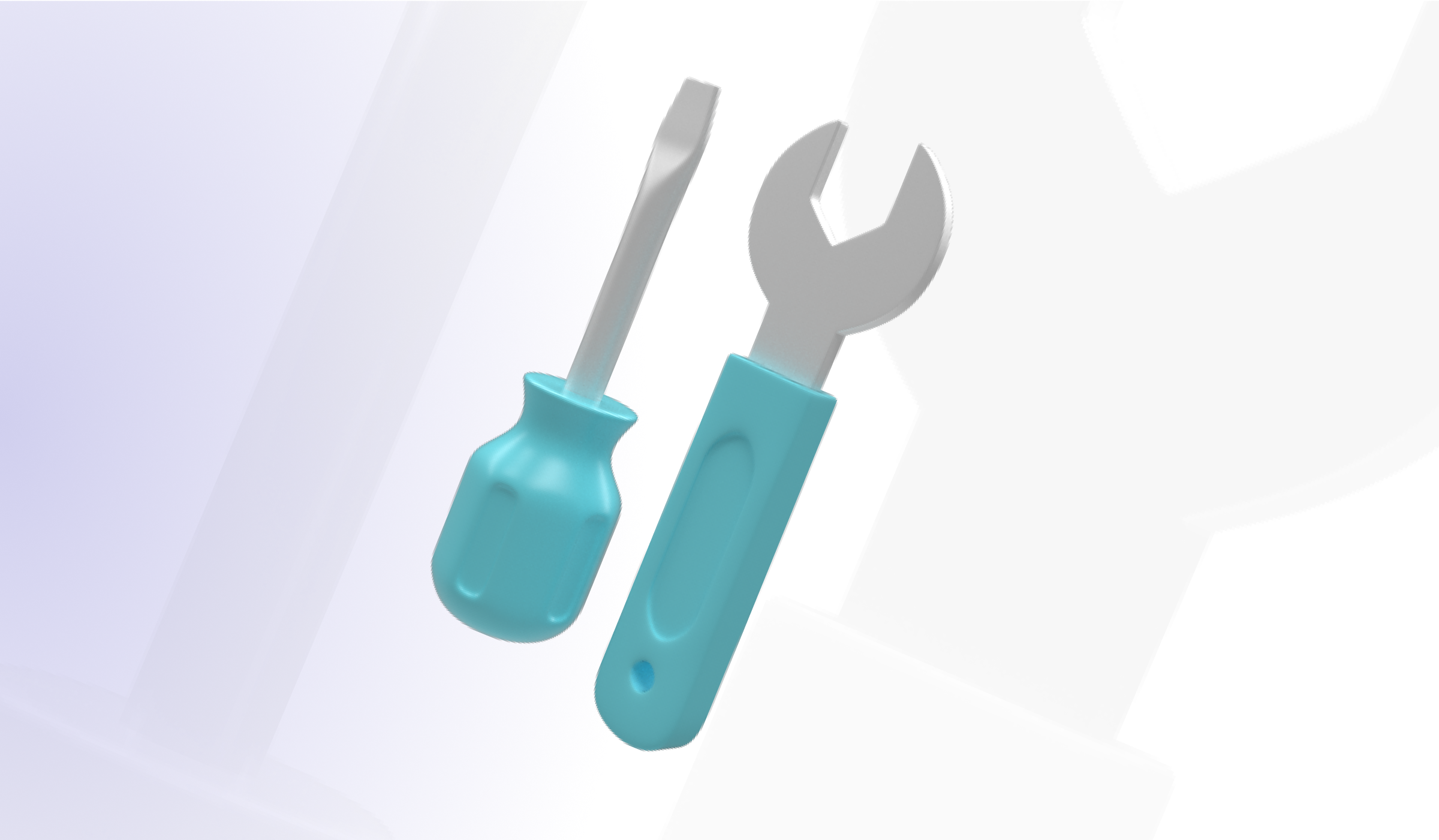- Getting Started
-
Why Base Image Migrations Matter
-
Setting Up Your Environment
-
Understanding Base Images
-
Why You Can’t Just Change the FROM Line
-
Where to Begin with Base Image Migrations
-
Not All Languages Are the Same
- Dev Image Migration
-
Introduction to Dev Image Migration
-
Working with APK Packages
-
What to Do If You Can’t Find a Package
-
Chainguard Nuances to Watch Out For
-
🛠️ Demo: Migrating to a Dev Image
-
🛠️ Demo: Using DFC for Dev Image Migration
- Multistage Build Migration
-
Multistage Builds and Distroless
-
The Chroot Method for Multistage Builds
-
Final Considerations
-
🛠️ Demo: Migrating to a Distroless Multi-Stage Build
- Wrap-Up
-
Wrapping Up: Key Takeaways for Successful Migration

Mastering Base Image Migrations With Chainguard
Course 8 of 14 in Chainguard Containers Onboarding Guide
Learn how to migrate real apps from “it works on Debian” to minimal, secure Chainguard base images.
This hands-on course walks you through migrating an application to Chainguard base images, starting on -dev and finishing on distroless. Along the way you’ll practice multi-stage builds, dependency hunting, and common gotchas (e.g., CMD vs ENTRYPOINT, APK vs APT, non-root, and glibc/musl differences). Ideal for teams ready to make Chainguard their new normal.
After this course, you will be able to
- Explain the difference between app images and base images, and when to use each.
- Read image specs/SBOMs to understand users, entrypoints, and what’s actually in your image.
- Convert real-world Dockerfiles to Chainguard using APK (not APT) and run as non-root.
- Use a
-devimage to build, then ship a distroless runtime with a multi-stage Dockerfile. - Map and install OS-level dependencies (build vs. runtime), including Python/
uvcases. - Troubleshoot common pitfalls:
CMDvsENTRYPOINT, missing shells, binary lookups, libc detection. - Choose the right path to production: copy-by-binary, Custom Assembly, or the chroot method—and know the tradeoffs.
Course
Learn the tools and fundamentals of vulnerability management and why it's critical that every developer understand it.